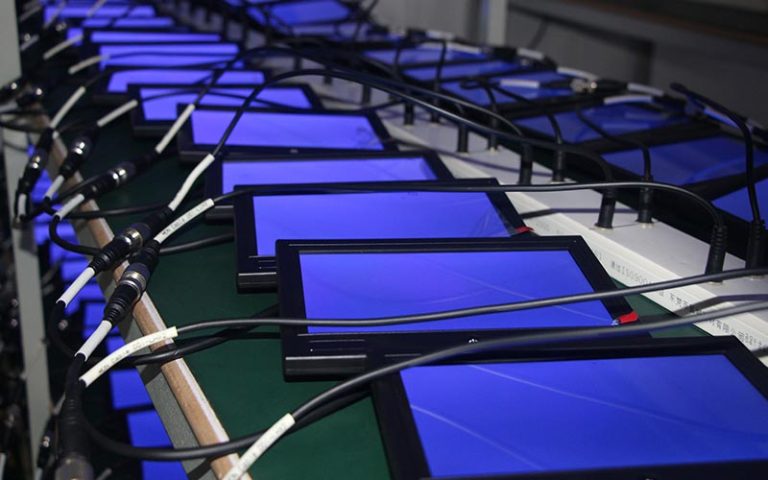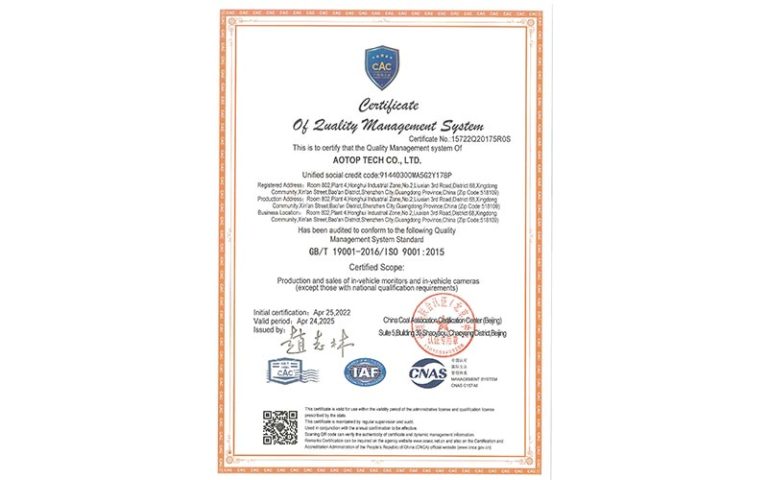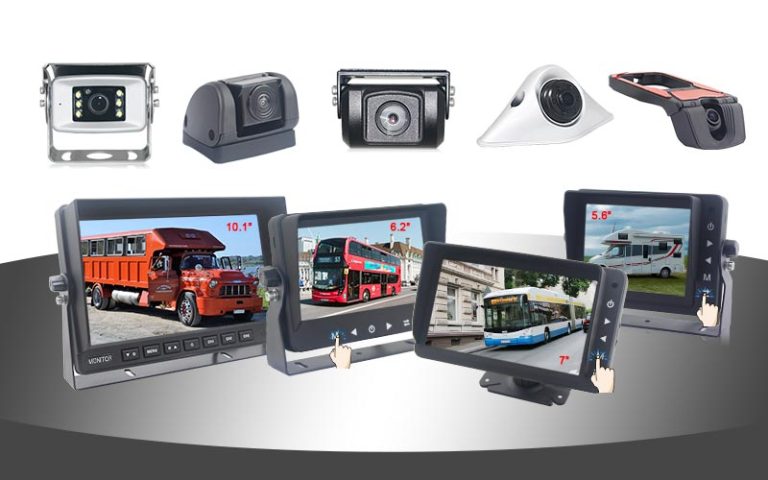
The preference for CCD (Charge-Coupled Device) image-processing chips for in-vehicle cameras stems from the fact that CCDs offer excellent performance in several areas, providing strong support for driver assistance systems and vehicle safety.
CCD sensors are highly regarded for their excellent image quality. Their larger pixel size and high light sensitivity allow them to capture more photons, producing clear, detailed images. This is especially critical in vehicle surroundings, where traffic signs, pedestrians and other road elements can be accurately captured, providing precise visual information for driving decisions.
CCDs excel in low-light environments, providing vehicles with images that are clearly visible when driving at night or in adverse weather conditions. This low-light performance helps enhance the driver’s perception of road conditions and improves night-time driving safety. the CCD’s high sensitivity enables it to capture faint light, ensuring that images remain detailed and clear.
CCD image processing chips also stand out for their excellent dynamic range. Faced with the challenge of varying lighting conditions, such as alternating bright and low light, CCD sensors are able to capture a wide range of brightness levels in a single image, avoiding overexposure or underexposure of the image and providing a more balanced visual effect. This ability is especially important in environments such as city roads, tunnels or boulevards.
CCD image processing chips are chosen for vehicle cameras not only for high image quality, but also to cope with changing driving environments. the CCD’s all-round performance in terms of image quality, low-light performance and dynamic range makes it an ideal choice for vehicle vision systems, providing drivers with a clearer, more comprehensive view of the road, and thus enhancing overall driving safety.



